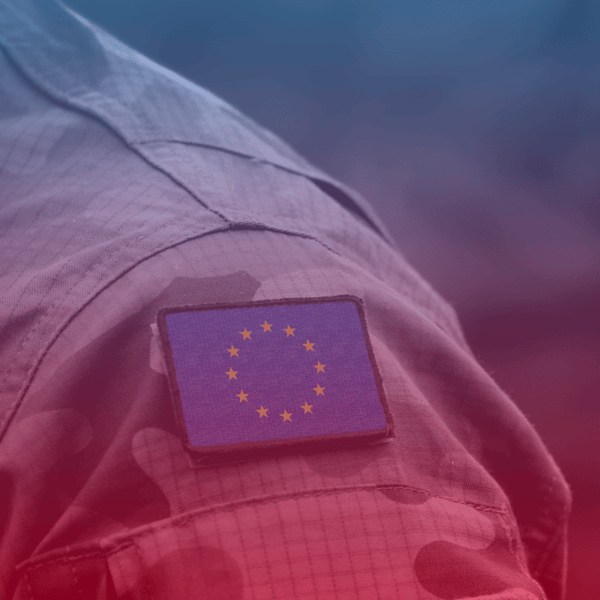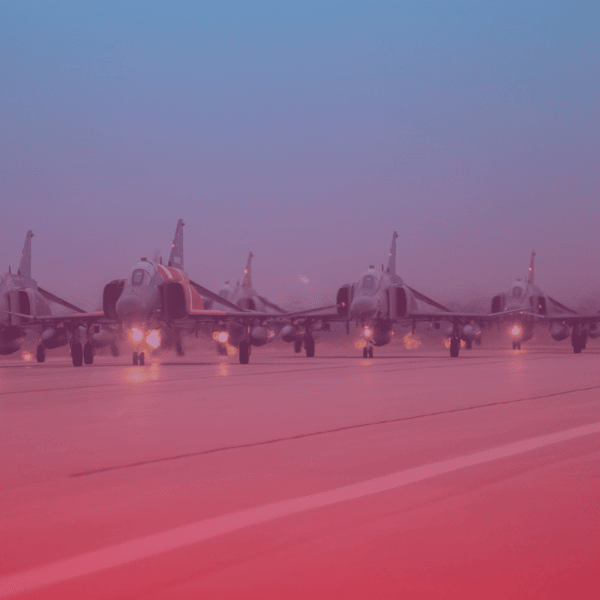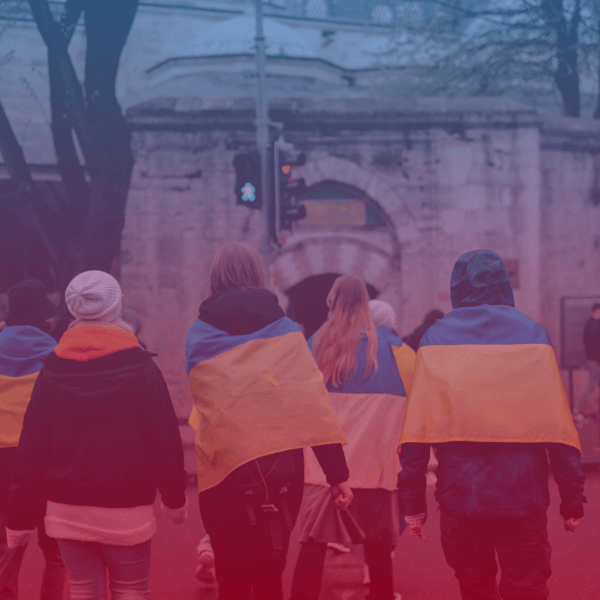
Written by David Shakarishvili
Economic Support to War
Economic policy is dynamic due to its diverse characteristics. Economy as a matter which is equaled only by war in its resonance. The article presents the main directions contributing to the economy’s activation and/or deactivation during the war period. Also, in the article, objects of the war economy are seen from the perspective that it is only partially possible or impossible to control. How to assess correctional economic policies in times of war that take a long time to bring tangible benefits and are politically unprofitable? Wartime economic policy for developing countries is largely based on geographical and regional players, which makes the mentioned direction part of the norms of international relations. Post-wartime economy requires a complex approach and needs to be clarified in every component it covers. The components are divided into two dimensions – economic process and economic policy implementation.
The scientific definition of the wartime economy is still an academic dispute and, in the process of assimilation with the sub-directions of social sciences, it takes different forms. For example, military economy is the study of the forms, procedures, and economics of armed conflict and war in general, as well as the principles and practices of the deliberate application of material, human, and financial resources to the resolution of security-related issues at home and abroad (Horwitz and Mcphilips, 2013).
It should also be noted that, by any definition, the content structure of the wartime economy remains unchanged. War economy implies a shift in economic policy priorities in accordance with war challenges (Fadwa, 2019). The following are distinguished from the phases of the economic process and makes the practice-adopted definitions of wartime economy functions:
- Governments mobilise and allocate resources based on military-strategic goals (Horwitz and Mcphilips, 2013) – Whereas in peace these resources are directed towards social, infrastructural, and health programs, in war, the financial resources are accumulated from the mentioned directions;
- In a wartime economy, one of the most sensitive events is tax increases: some countries have legislated rates of tax increases, but targeting remains a challenge. Nevertheless, spending on defence also benefits the economy. A long-term defensive system, in particular, gives the military abilities that are very useful in the civilian world. By producing a more knowledgeable and disciplined workforce over time, a defence system may theoretically have a favourable effect on the labour market (Amara, 2022). In addition, in a wartime economy, it is impossible to determine precisely what the economic benefits of defence are, because it is more difficult to determine the loss that can be caused to society in the absence of defence. Therefore, the vast majority of countries have armed forces, which countries spend varying amounts of money on maintaining and strengthening, depending on what is prioritised (Sandler & Hartley, 2012). For example, there is an agreement among NATO member states to spend a minimum 2% of GDP on defence. As a rule, financial compliance checks are mainly carried out in the post-war period (Bank and Stark, 2008).
Changes in resources should not be perceived only by the amplitude of public financial changes. The resources are mainly related to food products, technology, and medicines, which are critical to the operational capability of the military and civil society. It is worth noting the speed of economic growth, which increases several times in post-war conditions. The lessons of the First and Second World Wars, especially the Great Depression, have left an evident legacy for countries facing the challenges of the complexity of wartime economic policies. Also, the economic trends after the war of conquest waged by Russia in Georgia in 2008 are interesting. In addition to the fact that Western strategic partners played a huge role in the post-war economic growth perspective, Russia’s foreign policy aimed at the economic destabilisation of Georgia in exactly the same proportion. A very good example are the countries of the European Union—like Estonia and the Republic of Lithuania—, which, in addition to the NATO standards, have their own reserve policy, with which they finance post-emergency situations. Accordingly, the war economy for developing countries is accompanied by circumstances beyond their control, likedirect military aggression of a neighbouring country and/or hybrid warfare.
Wartime Economy – Hard to Control?
Scientists still cannot establish an academic framework by which the effectiveness of the war economy can be measured. For example, according to Robert Higgs (2006), it is impossible to evaluate the state of the war economy by macroeconomic parameters. This view is supported by the fact that the wartime economy creates shadow markets—activities that are unofficial and frequently illegal, increases corruption risks and tax evasion alternatives that are a complete departure from legal parameters (Goodhand, 2010).
The faster the mobilisation of resources in the state of wartime economy, the more the power of the state over the economy decreases in the post-war state. More precisely, the economy moves into a dimension of free fall where the controlling force is partially or entirely absent. After the events of Hiroshima and Nagasaki during World War II, Japan faced economic upheavals, which gave rise to several political approaches. For example, high inflation was blamed on excess demand, while the real problem was the lack of sources of supply. Also, labour force and lack of investment remained neglected in developing anti-inflationary policies. It cannot be said that the Japanese political culture suffered from a deficit of economic knowledge (a factor that often leads developing countries to collapse) but for managing post-war economic challenges.
According to ideological approaches, the prostate countries are more easily able to manage the war economy than the liberal ones. The global pandemic has shown that in the People’s Republic of China, quarantine turned into military discipline was more easily accepted than in most European countries. We can assume that in the conditions of the war economy, resources are mobilised faster in states with centralised power than in countries with decentralised power. However, in a post-war situation, the states of the second category are more able to correct the economic situation effectively (Buzan, 2007, p.130). The challenges of a war economy are time-varying and development-oriented — like economic crises, they return, but not in the form that history remembers. For example, while telecommunication towers were the enemy’s target, print media was the only form of information dissemination. Similar challenges with the incorporation of artificial intelligence into military technology, challenges associated with social networks and digital technologies have been resolved (Krepinevich, 2022). This builds more on reducing human casualties than on the proportionality of the balance of power. Moreover, the influence of compromised institutions on the war economy process is decreasing in the wake of technological revolutions (Schmid, 2017, p.5).
War in Ukraine
It is now the turn of Ukraine, which will have to implement a complex economic policy, especially in the infrastructure direction. First, it is necessary to turn around the “wary” investments and control the corruption channels. The post-war economic picture of World War II showed that the economic growth rate was expected to be 1.5 times higher than before the war (Beckley, Horiuchi & Miller, 2018). Levels of inflation and price increases will remain beyond Ukraine’s control, and the solution is to work with strategic partners (Beckley et al.,2018). War economy has strict determinants and requires systematic approaches. Therefore, Ukraine will face further challenges:
- Effective management of military resources – through international support, advanced defence technologies are being developed in Ukraine. This is accounted for in the balance of the strategic economy but in the future, it should be an asset of defence rather than the economy. More precisely, military equipment should not become an object of trade in a post-war economic environment: this may accelerate the rate of economic growth in the short term; however, in the long term and in the conditions of a war economy, it can become again an object of financial expenditure;
- Corruption and shadow markets – although the fight against both of them is vital for the state, in the economic state of war it has a heavy impact on the national capital;
In the post-war economic situation, society should understand that the investment environment is superior to the consumer process. Consequently, for a certain period, the population will have to live with a low standard of living. States must come to terms with the fact that tangible economic benefits can only be achieved in the long term, so any attempt to score political points will only hinder progress.
Conclusions
As we mentioned above, in a state of war, the economy acquires a different form and content. Regardless of the geopolitical situation, all countries should be ready for the causes of the economic war situation, in order to have an adequate and effective response. By response we mean a formal document that includes risks and sectoral directions, which should be included in the standards of economic management.
The country’s economy during the war cannot always be accurately assessed using traditional indices. The planning and management of the modern strategic economy is a complicated field that involves many different areas, including engineering, information technology, complex military science, and mathematical modelling. As a big portion of the costs of the martial law economy are frequently not public, there is also a significant risk of corruption when paying for them. The assessment of such costs’ purposefulness necessitates a high level of specialised knowledge, which makes controlling them challenging.
As a result, corruption can seriously hurt a nation’s economy if there are weak institutions in place to protect them and to keep an eye on their expenditures. Therefore, the amount of money spent during a wartime economy indicates the expected strength of countries in relation to each other, although it is not an ideal indicator of forecasting and evaluation. In addition, we can use other indicators, such as the number of economic forces, their share in relation to the working-age population, although these may also be insufficient to assess the real strength.
In the conditions of the ex-post wartime environment, sustainable economic development of the country is impossible without innovations. And with global competition, the country may face new challenges. Protection of economic security and the implementation of the right economic policy are vital for a country with a transition economy.
References

 THE DIGITAL EURO: Unlocking its potential
THE DIGITAL EURO: Unlocking its potential 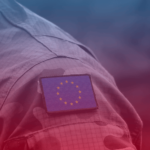 SAFE but Not Secure: The Challenge of a Common Defence and EU’s Unity
SAFE but Not Secure: The Challenge of a Common Defence and EU’s Unity 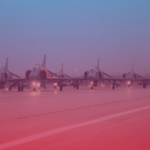 Blind Spots in AI Governance: Military AI and the EU’s Regulatory Oversight Gap
Blind Spots in AI Governance: Military AI and the EU’s Regulatory Oversight Gap  Selective Solidarity: The Desecuritisation of Migration in the EU’s Response to the Ukrainian Refugee Crisis
Selective Solidarity: The Desecuritisation of Migration in the EU’s Response to the Ukrainian Refugee Crisis 
